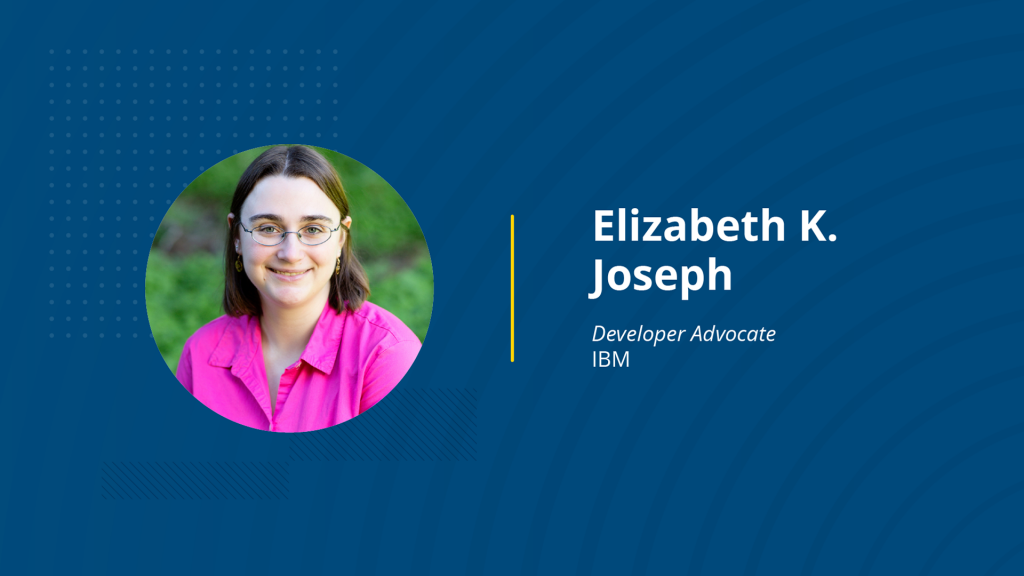Happy 10 years of OpenStack! Millions of cores, 100,000 community members, 10 years of you.
Storytelling is one of the most powerful means to influence, teach, and inspire the people around us. To celebrate OpenStack’s 10th anniversary, we are spotlighting stories from the individuals in various roles from the community who have helped to make OpenStack and the global Open Infrastructure community successful.
Here, we’re talking to Elizabeth K. Joseph from IBM. She tells the community about how she got started with OpenStack and her favorite memory from the last 10 years of OpenStack
How did you get started working with OpenStack and what are you doing now?
I was hired by HP in January of 2013 to help with the OpenStack Infrastructure team. As a Linux Systems Administrator with a background in open source, I was a good fit for the team, in spite of being largely unfamiliar with OpenStack when I began.
Today I’m working for IBM on mainframes (IBM Z), but that doesn’t mean I’ve left OpenStack entirely behind! OpenStack is used by some of the teams I work with now to deploy virtual machines on mainframes, and I’m also involved with the Open Mainframe project, which has the Feilong project, which “allows IaaS/PaaS solutions such as OpenStack™ or Terraform to consume z/VM by providing REST APIs.”
What is your favorite memory from the last 10 years of OpenStack?
I’d have to say the team camaraderie that I felt at the OpenStack Summits, especially in Tokyo in 2015. We were solving some tricky problems at the Design Summit during the day related to configuration management, and then having a wonderful time enjoying the company of each other in the evenings. Many of the friendships forged through working together on the project and bonding at events are ones I still hold dear today.
How did you contribute to the OpenStack community?
I was a core member of the OpenStack Infrastructure team. In that role, I worked on the Continuous Integration system, and the supporting project tooling, including everything from the Git cluster to team mailing lists.
My experience with testing OpenStack so regularly and helping developers debug issues meant that I got very familiar with OpenStack usage. I also spent a lot of time with users and operators in our community. In 2016, my book “Common OpenStack Deployments” came out.
What advice do you have for the Stacker community and other growing open source communities based on your experience with OpenStack?
It can be intimidating to get involved with a project, especially one with a high profile like OpenStack or Kubernetes, but know that we’re all a bit scared at first. Acknowledge that fear, and make your contributions in spite of it. These big open source projects are full of amazing, welcoming people, and you’ll find your place.
If I were to ask you in 2030, what do you think the OpenStack update will be?
There are many solutions out there handling containers and microservices, but the whole open source ecosystem around virtual machines is still ubiquitously OpenStack. My hope would be that it would continue to be the gold standard for open source virtual machine fleet management and that an update in 10 years would include the various vendors who were supporting OpenStack standards on their platform.
Get Involved
If you’re interested in being featured to tell your stories about OpenStack, please email [email protected].
Follow the #10YearsofOpenStack hashtag on Twitter and Facebook and share your favorite memories of OpenStack with us!
Follow us on
Twitter: twitter.com/OpenStack
Facebook: facebook.com/OpenStack
WeChat ID: OpenStack











Leave a Reply